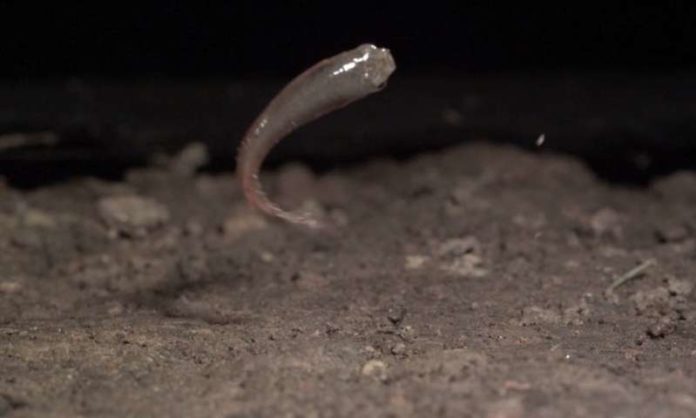Specialists from the University of Exeter and Alabama took a gander at how physical characteristics and age influenced how far the fish – found in the US, the Bahamas, and Central America – could hop.
They found certain attributes were connected to longer bouncing among more youthful fish; however, as they got more seasoned, these impacts reduced, and age itself was most firmly connected with hopping separation.
As in excess of 200 fish inspected, the longest jumper was additionally the most established – a four-year-old mangrove rivulus that bounced in excess of twelve times its body length.
The study found that older fish typically jump about half a body length further than younger ones, meaning they are better jumpers even when their larger size is taken into account.
Mangrove rivulus, which live in noxious crab burrow habitats, are about 2-3cm long as adults and have a number of unusual adaptations to allow them to live out of the water. They are also self-fertilizing simultaneous hermaphrodites, meaning if they find themselves with no mate they can reproduce alone by making clones.
Dr. Tom Houslay, of the Centre for Ecology and Conservation on the University of Exeter’s Penryn Campus in Cornwall said, “We found that the length and position of certain bones seem to help younger fish jump further. However, these links disappear as they age, and older fish are better at jumping regardless of these physical characteristics.”
“Adults probably rely less on bones because they have the musculature and neural systems to coordinate jumping, something that isn’t highly developed in the young fish.”
“Few studies have examined how the relationship between form and function changes across the lifespan, and we were intrigued to find experience trumps all – at least if you’re a mangrove rivulus.”
This adjustment, interesting among vertebrate life, likewise makes them a helpful animal groups for concentrating hereditary contrasts in physical shape and execution.
Joe Styga, lead author of the study said, “The next step in this line of research is to figure out whether genetic variation underlies differences in body structure associated with jumping performance in young fish. This information may help us to determine to what extent jumping performance may evolve in the face of environmental change.”
The paper, published in the Journal of Experimental Zoology Part A: Ecological Genetics and Physiology, is entitled: “Ontogeny of the morphology-performance axis in an amphibious fish (Kryptolebias marmoratus).”
